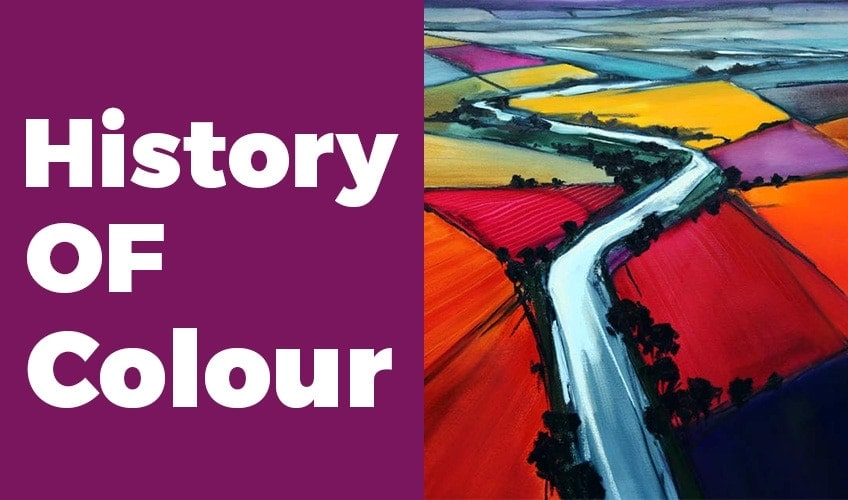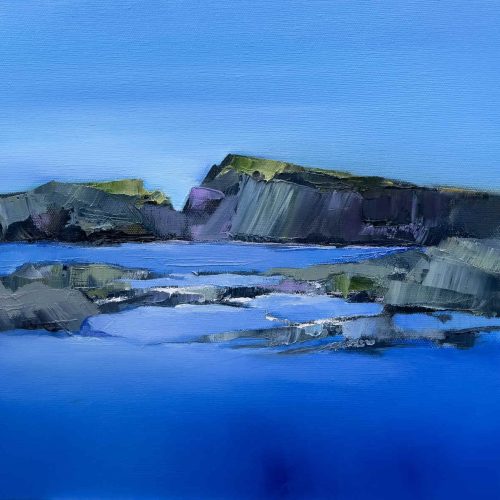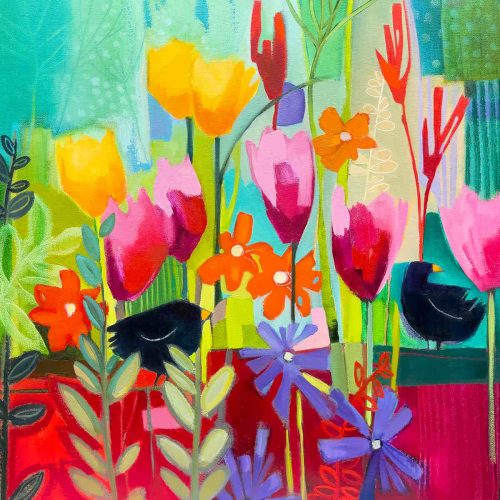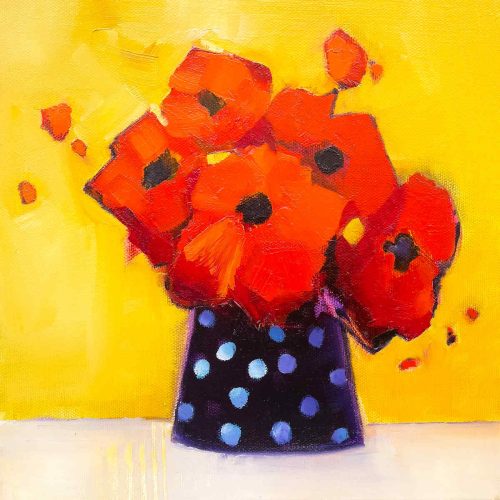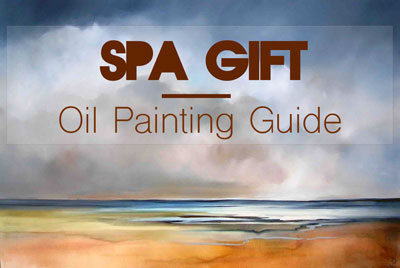[vc_row][vc_column][vc_column_text]
[/vc_column_text][/vc_column][/vc_row][vc_row][vc_column][vc_column_text]
Every time we paint we squeeze colour out of our paint tubes with little thought, but have you ever wondered where the colours originated.
Infact the first pigments were made by artists and were a mix of soil, animal fat, burnt charcoal and chalk which created the basic colours.
Here’s a little bit of history and some interesting (and unbelievable) facts about a few of the colours we use.
Red
One of the oldest pigments still in use is red ochre, found in iron rich soil, and used in pre historic cave paintings.
Another red pigment which became popular in the 16th and 17th centuries was Cochineal, from the cochineal insect found in Mexico. It was used by famous artists Rembrandt and Reubens.
Blue
Originally from the gemstone Lapis Lazuli and for hundreds of years found on a single mountain in Afghanistan. So prescious, it rivaled the price of gold.
Blue was symbolic in many religious paintings, especially the Virgin Mary’s gown, and it was chosen for its priceless value rather than any religious connotations. It wasn’t until the 1950s that a synthetic version of Ultramarine Blue was developed.
Yellow
Oddly yellow was not a colour much used by artists in history. Turner was an exception – he loved to use Indian Yellow (derived from the urine of cows fed on mangoes) in his landscapes, and Van Gogh of course, for his famous sunflowers.
Green
The first green was invented in 1775 by Swedish chemist Carl Scheele. Called Scheele’s Green, it created a colour sensation.
The brilliant green pigment was, unfortunately, mixed with arsenic and highly toxic. According to history even Napoleon Bonaparte had it in his bedroom and it’s believed to have caused his death!
Scheele’s Green was replaced by Paris Green in the 19th century – again a toxic mix of copper and arsenic but used extensively by Monet and Cezanne in their landscapes. Surprisingly it wasn’t banned until the 1960s.
Purple
Paint was traditionally stored in pigs bladders. in 1841 the paint tube made of tin was invented – practical, portable and much less messy.
It also led to the production of new pre-mixed colours like purples and violets. The new tube revolutionised the painting habits of painters like Monet and his co-Impressionists, they were now able to paint plein-air (outdoors) with ease.
White
Lead White – the most toxic of all. Made in the 17th century it was concocted using the Dutch method of layering cow and horse manure over lead and vinegar.
Sealed in a room for 3 months it produced flakes of pure white, creating a white pigment like no other. Lead was known to be poisonous but not until 1978 was it banned in the US and replaced by safer titanium and zinc whites.[/vc_column_text][/vc_column][/vc_row][vc_row][vc_column][vc_empty_space][vc_column_text]
[/vc_column_text][vc_empty_space][/vc_column][/vc_row]
